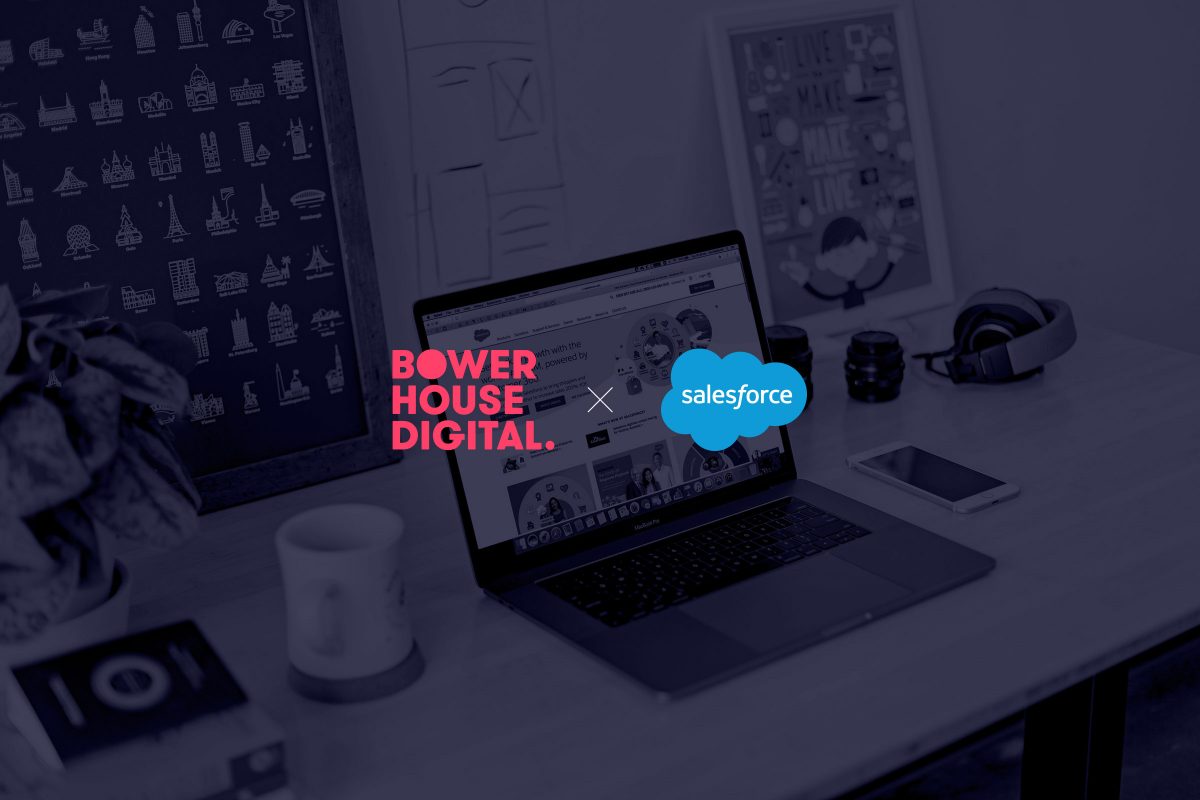The June release of Salesforce Marketing Cloud rolls out from 5 – 12 June. We’ve put together a highlight reel of our most anticipated features below, with a full list of the release notes available here.
Bower’s Top Picks
Targeted Advertising on Snapchat with First-Party Data
Snapchat joins the growing list of social media channels that marketers can now use their first-party data within for targeted advertising, including to create lookalike audiences. Just segment an audience and push it through via Advertising Studio.
Optimise Send Time to Specific Data Extensions
You can now determine the optimal time to send to a particular audience data extension before you even send. Previously only available by Enterprise or Business Unit level, the June release makes this feature far more insightful for marketers that deeply segment their audiences. Now Einstein can tell you when he would send, saving you hours on manually analysing past send tracking.
Marketing Cloud Package Manager Enhancements
Building upon the initial release of Package Manager in April, support has been added for more objects and activities. These include API events, transactional email, and automation-based data extract, transfer and import activities. Another step forward for rapid deployment or transfer to new Marketing Cloud instances.
AI Powered Insights on your Content Performance
Einstein Content Tagging and Selection features now enable you to determine aspects of your content library that are attracting higher engagement. Using AI, automatically tag prominent features such as a mountain, a beach or a dog which in turn can be used to assess trends in performance when including these prominent features in your campaigns.
Additional features in this release
Gain Visibility Over Failed Leads in Advertising Studio
You can now have visibility over not only when, but more importantly why a lead fails through a new Lead Capture Error Details view. This new error handling feedback feature will dramatically improve the time taken troubleshooting an error, thus increasing overall lead volume.
Predict the Optimal Number of Push Notifications
The new Einstein Engagement Frequency for MobilePush enables you to predict the optimal number of push notifications for every contact. This is based on each individual recipient’s notification engagement behaviour, aiming to position the frequency between a goal of increasing open rates without reaching a point of message fatigue.
Predict Performance of Subject Lines
Use Einstein’s AI capabilities to predict how your subject line is likely to perform. This new performance tester analyses a range of open rates based on historical sends to help you select a subject line for the best open rate.
Important platform updates & feature retirements
Retirement of Marketing Cloud Connector V2
This retirement, originally slated for March 31, is taking place on June 9. Those still using V2 will need to choose one of the upgrade options here.
Default suppression period of Contact Delete
The default suppression period for contact deletion is changing from 14 days to 2 days in the upcoming October 2021 release. This is in line with how most customers adjust this setting, and is closer to the best practice recommendation of 0 days. Find out more here.
Retirement of CloudPages Legacy Experience
The default CloudPages Experience has been renamed to ‘CloudPages’, with the previous CloudPages renamed ‘CloudPages Legacy Experience’. CloudPages Legacy Experience will be gradually phased out in upcoming releases. If you’re still using the Legacy Experience, see the actions you’ll need to take here.






